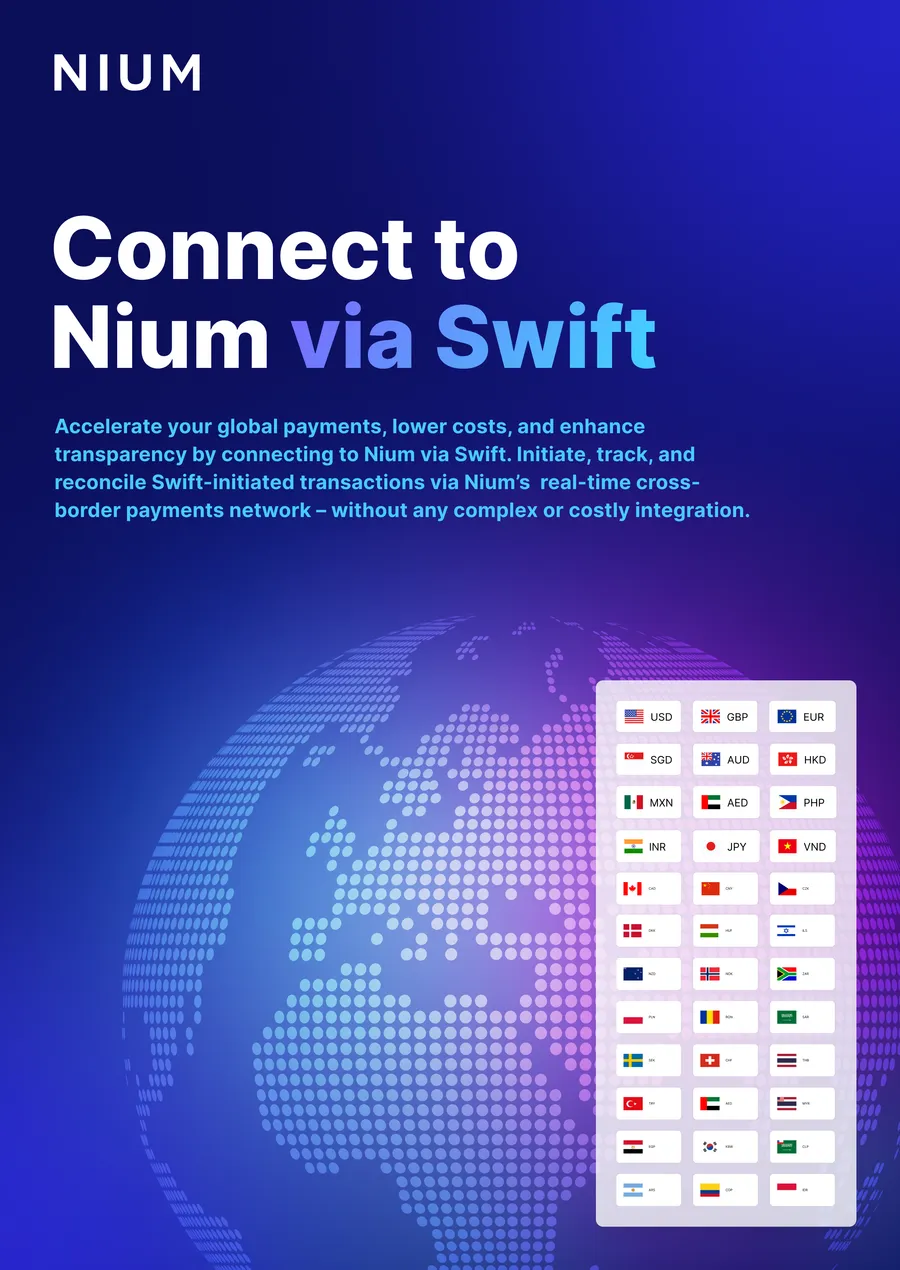China has long been the engine room of global travel, accounting for almost one-fifth of global tourism spending when the industry was at its peak in 2019. That year, according to the United Nations’ World Tourism Organization, Chinese tourists spent $255 billion overseas and made 166 million overseas trips. On average, China registered an average of around 12 million outbound air passengers per month.
Like all countries, that was immediately halted by the outbreak of Covid-19. China’s position at the center of the pandemic and its singular approach to containing the virus meant that the country’s tourism industry was uniquely impacted. Once the recovery did start, it was led almost entirely by domestic “revenge” travel. In May this year, China’s five-day public holiday to mark labor day saw 28% more domestic trips than pre-pandemic figures recorded in 2019. The side effect of that, of course, is that Chinese tourists were largely absent from the wider world’s return to travel.
A new era for Chinese travel
Now, all that is changing. And fast. At the start of 2023, there were only about 500 international flights every week to and from China, according to the Civil Aviation Administration of China, the aviation regulator. Now there’s nearly 5,000, and that number is expected to increase to 6,000 by the end of the year – about 80% of pre-pandemic levels. Through Lunar New Year in February this year, spending in Singapore, Thailand and Malaysia combined on the Chinese mobile payment platform Alipay increased nearly seven-fold from last year. Data from the Tourism Authority of Thailand put the number of Chinese tourist arrivals over the holiday at nearly 244,000, beating forecasts, and up more than six-fold from 2023. Spending was about 8.6 billion baht ($239 million) versus 1.3 billion baht in 2023.
This is obviously a welcome boost for the players in the Chinese travel industry that facilitate outbound travel. From online and physical travel agents to air ticket wholesalers and hotel aggregators, there’s now a rapidly rebounding ecosystem of Chinese travel companies integrating global travel inventories into their offerings.
Much of this is also being driven by a “new” kind of Chinese tourism. The travel preferences of today’s Chinese outbound tourists are hyper-diverse, led by, amongst other things, a growing middle-class and a new generation of social-media influenced travelers.
Real-time payments are key to the recovery
Chinese outbound travel is well and truly back and predicted to be worth around $700bn by 2032. But amidst the rush from Chinese travel intermediaries to build relationships with global travel inventory providers, the importance of the payments that power the industry can be overlooked.
In many ways, China is a leader in innovative payment methods. From mobile wallets to virtual cards and QR codes, the transformation of payment methods has provided far greater convenience for inbound and outbound tourism in China, with the development of new and efficient payment technology a key factor in the growth of the tourism industry. But there’s still work to be done, with much of the payment innovations taking place in the B2C space.
To truly connect with their overseas travel colleagues, Chinese travel intermediaries need to be able to make payments quickly, affordably and transparently, in a way that works for them and builds trust with their partners. That means access to multiple currencies, real-time global payment networks, and broad international payment acceptance. Only then can they offer a booking experience fit for this new era of travel.
Unlock new value for OTAs, hotels and airlines with Nium
Given the global-by-definition nature of travel services, cross-border real-time payments remain a moving target for airlines, hotels, and travel intermediaries. With a range of regions to manage, many intermediaries still rely on a complex of external payment providers, often on a country-by-country basis.
However, to take advantage of the full potential of global travel management, all stakeholders need payment systems they can trust, with comprehensive infrastructure, rails, and relationships that meet the requirements of today’s global businesses.
Nium is a global leader in real-time payment infrastructure, with licenses in over 15 territories enabling instant, secure, compliant payments that drive trust and value. Instead of relying on a cumbersome network of third-party providers, Nium allows travel intermediaries to connect with a transparent process, embedded seamlessly into existing systems.
With deep experience in both technology development and bespoke implementations, Nium is also one of the fastest-growing virtual card travel providers with a physical presence in APAC, Europe, the Middle East and Americas. With unparalleled reach, we operate across geographies to design and customize payment strategies specific to the markets that our travel customers operate in.
To find out how Nium’s travel payment solutions can help your business to unlock new revenue value, download our latest ebook and get in touch with our travel payments experts today.














